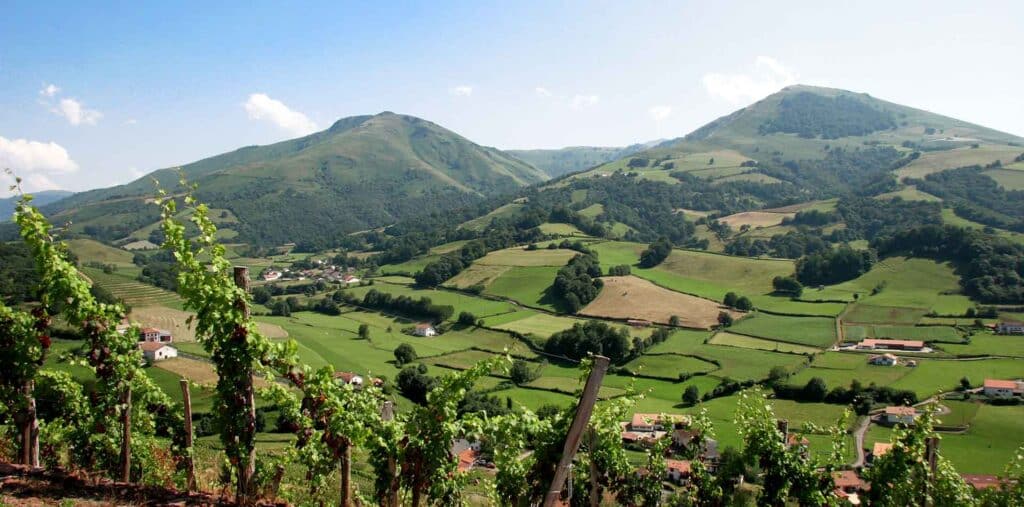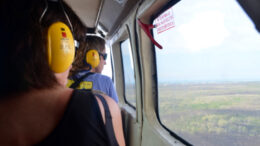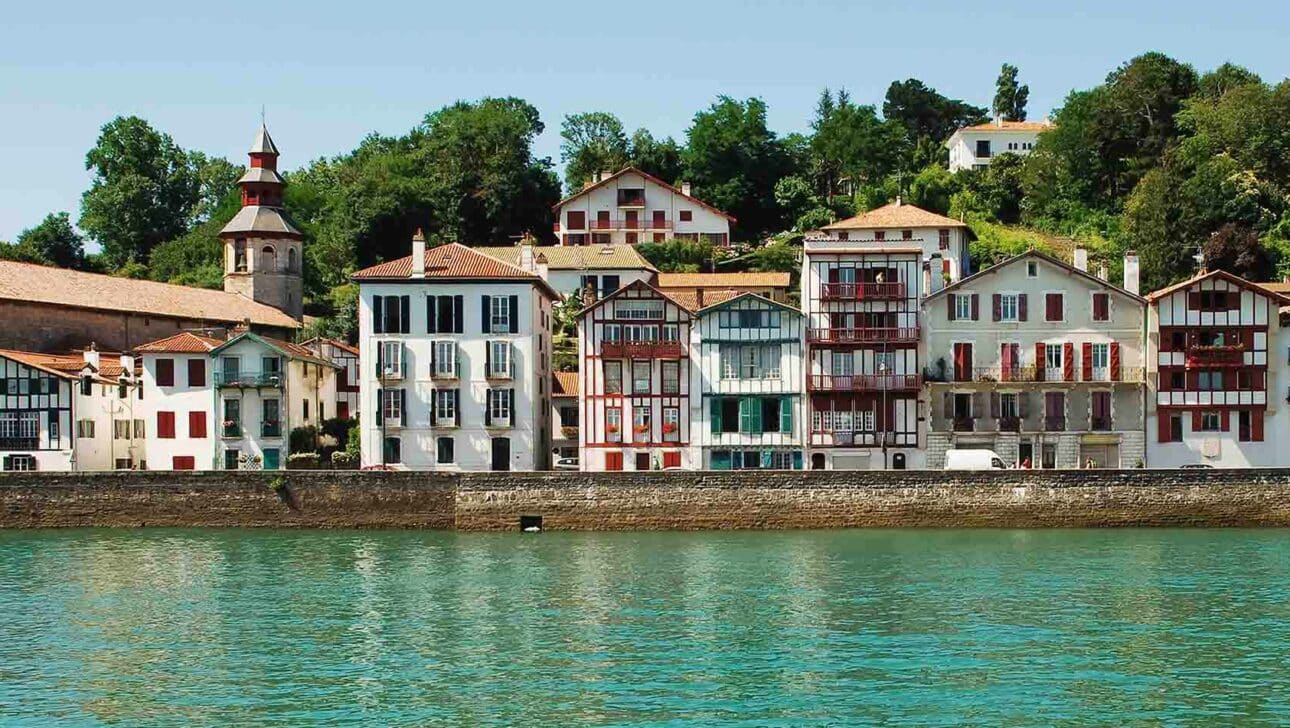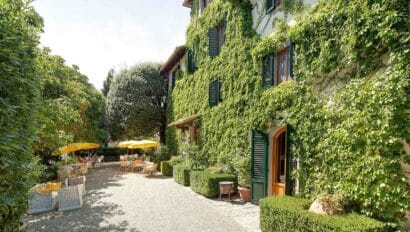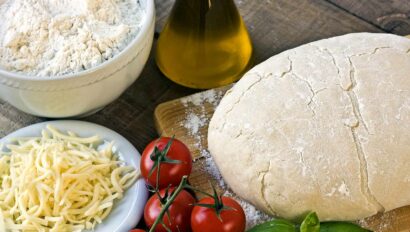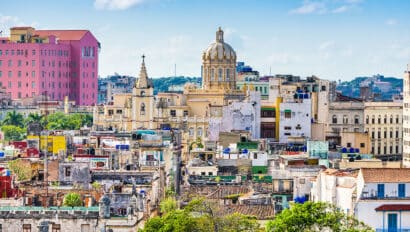One of Europe’s most fascinating, and often most overlooked, qualities is that nationalities often don’t end at the border. This becomes immediately evident in the Basque Country, whether you find yourself on the French or the Spanish side. Almost out of nowhere, road signs appear with words that have strange consonant combinations—think lots of t’s, z’s and x’s in rapid succession. The next thing you notice is the landscape—green, dramatic hills dotted with white houses, all adorned with red tiled roofs. Add in a rugged coastline and a few flocks of sheep here and there, and you’ll be reaching for your camera.
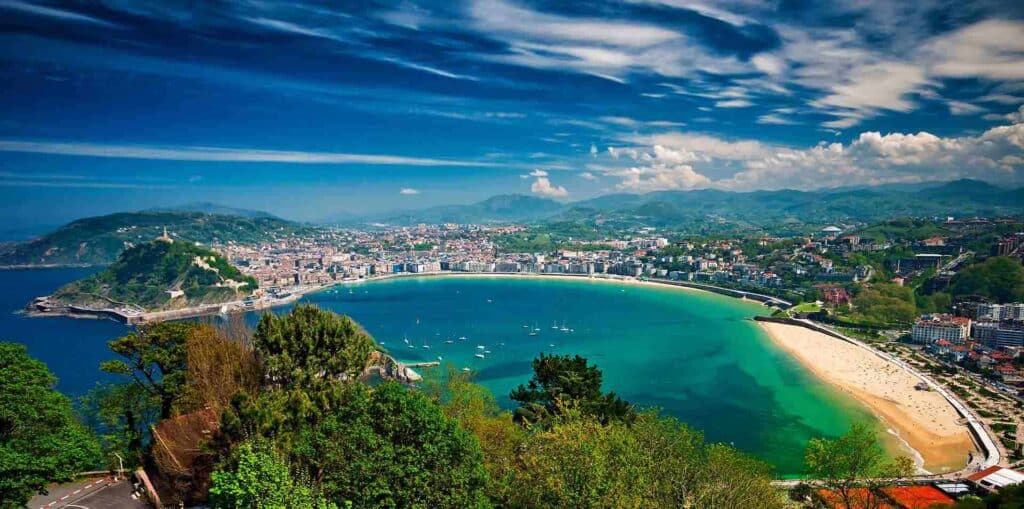
Eating Our Way Through San Sebastian
Sitting down for dinner is another sign that you’re somewhere a little bit different. First of all, you don’t need to be sitting at all. Just stroll into any of the local bars that are steps away from the Atlantic Ocean on Fermin Calbeton Kalea, the main drag of San Sebastian’s old quarter. Motion to the bartender and suddenly you’ll be tasting a sampler of plates of delicious looking specialties piled on baguette slices. Called pintxos, they’re small bites of food akin to Spain’s famous tapas. The historic city is famous for its pintxos crawl, which begins in the evening and can last through the night, with groups of friends hopping from one bar to another; at each trying the bar’s specialties. There are bars for sardines, bars for mussels, bars for molecular gastronomy, and bars that serve tiny rice dishes, just to name a few. Common to all of them is txakoli, a fizzy, dry, light white wine that magically pairs perfectly with anything you eat along the crawl. If you haven’t yet, on the pintxos crawl you’ll get the feeling that the Basque really know how to live.
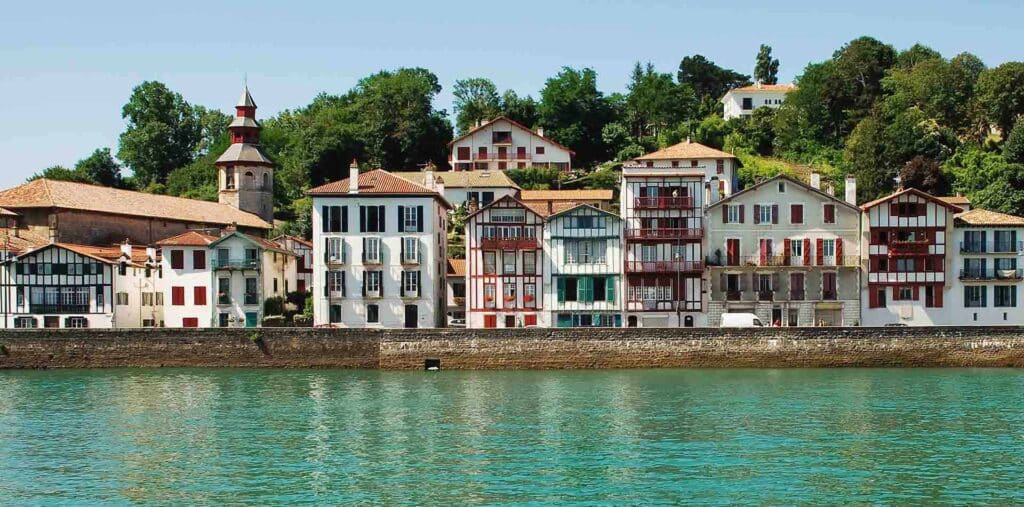
In keeping with Basque culinary tradition, another great pastime is the tasting menu. San Sebastian and the surrounding area are home to more Michelin stars per capita than any other city in the world. Classic Journeys guests enjoy a special degustation menu with a private chef after touring the old fishing town of Hondarribia, which borders France and its Basque country on the Txingudi Bay. Expect creative dishes, the likes of which inspired the modern gastronomy movement in many of Spain’s Michelin-starred restaurants. This time you’ll be seated, and you’ll want to loosen your belt.
Exploring Basque Country’s Culture
After so much food, you’re fueled for a different kind of stimulation. You’ll find it in the Basque’s love for aesthetics, intellectualism, and joy for life. Spain’s Basque Country is not just a culinary destination. It’s also one of the art capitals of the country. In 1997, the Solomon R. Guggenheim foundation set up shop in Bilbao, along the Nervion River. The resulting Frank Gehry-designed museum is considered a work of art in its own right, with a futuristic exterior layered in titanium tiles that was intended to blend seamlessly into the urban environment. You’ll be forgiven if you see images of fish tails and ship sails—both a nod to the region’s seafaring past. Set in a formerly industrial neighborhood, the Guggenheim’s opening ushered in an age of urban regeneration, and transformed Bilbao from a gritty factory town into a hub of culture and sophistication.
Within the museum’s walls, can’t-misses include Jeff Koons’ puppy, a living sculpture that’s become a controversial yet adored mascot for Bilbao. Beloved Basque sculptor Eduardo Chilida’s Besarkada XI is another favorite. Described as rough and engaging, it’s intended to be a representation of Basque temperament. Another must-see is Richard Serra’s “The Matter of Time”, a permanent steel installation that alters the perception of the viewer depending on where you stand around the structure. As always in the Basque Country, you’re in luck if you get hungry; there’s a Michelin-starred restaurant inside the museum.
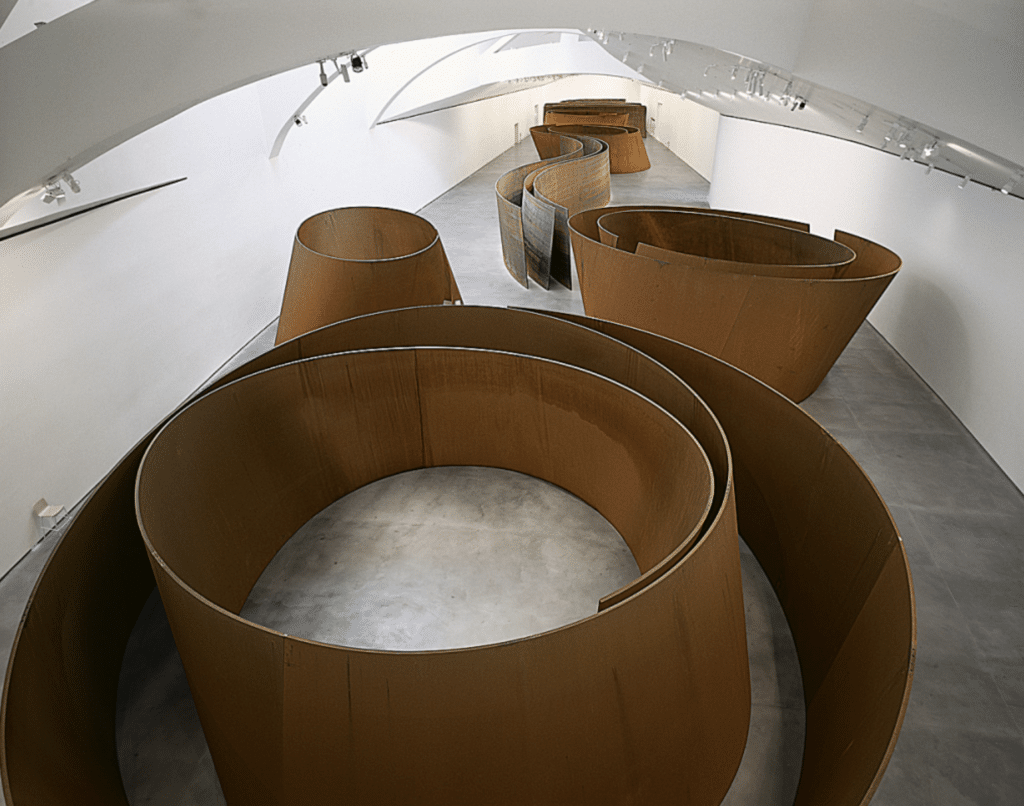
With so many of the world’s “firsts” and “bests”, the Basque country makes the perfect canvas for a handcrafted and expertly curated experience. Classic Journeys’ local guides ensure you’ll live the Basque Country lifestyle as the locals do: with a zest for life and a glass of txakoli never too far away. A well-known Basque saying is, “Hil arteraino bizi, han arte ez izi”, which in Euskera, the national language of Basque Country, means, “Live until you die. Until then, don’t panic”. Visiting this area is like journeying to a nation within a nation, with no shortage of cultural quirks, life lessons, and fascinating things to experience along the way.
